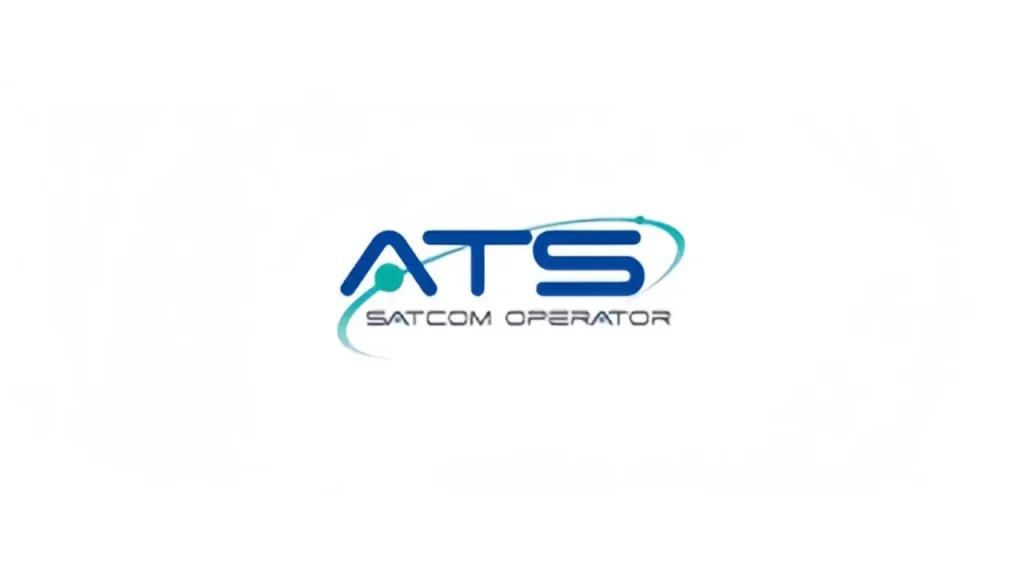- Algérie Télécom Satellite (ATS) delivers nationwide satellite connectivity through VSAT, GMPCS, and fleet-tracking services, supporting remote and rural areas.
- ATS partners with global operators like Eutelsat, Hughes, and Arabsat to expand broadband access and power Algeria’s digital transformation goals.
Founded in 2006 as a subsidiary of Algérie Télécom, ATS (Algérie Télécom Satellite) has evolved into Algeria’s primary public satellite telecommunications provider. Headquartered in Algiers with regional branches in Oran, Ouargla, Béchar, Constantine, Sétif, Annaba, and Tamanrasset, and a teleport near Lakhdaria, ATS operates a staff of approximately 340 employees under the leadership of Toufik Hantabli since April 2025.
Core services & technology
ATS offers end-to-end satellite communications via VSAT and GMPCS licences, as well as geolocation and fleet-tracking solutions. Its coverage spans national connectivity through Eutelsat, regional service across Arab nations via Arabsat, and global reach via Intelsat, NewSkies, Inmarsat, and Thuraya satellites. In 2019, ATS selected Hughes Network Systems’ JUPITER system to launch high-throughput satellite internet services to homes and SMEs, reflecting the company’s push into modern broadband offerings.
Also Read: Intelsat and Cubic³ test satellite connectivity for vehicles
Also Read: Viasat tests direct-to-handset satellite connectivity in Brazil
Industry context: Challenges & opportunities
Satellite telecom in Algeria addresses critical gaps in national connectivity, especially across remote and underserved regions. As host to the tenth-largest landmass globally, Algeria faces steep infrastructure challenges. ATS’s continued investment in VSAT and GMPCS enables voice, IP telephony, videoconferencing, and secure satellite internet access in areas outside the reach of terrestrial networks.
Despite its strategic role, ATS navigates a competitive landscape where terrestrial fibre and 5G deployments are intensifying. The industry also grapples with regulatory complexity, spectrum coordination, and rising hardware and launch costs. Innovations such as Hughes’ advanced JUPITER gateway and electronically steerable antennas address these challenges by boosting bandwidth efficiency and service quality.
Innovations & future direction
ATS is leveraging its multi-orbit, multi-provider satellite connectivity to enhance service resilience. Its fleet tracking and geolocation offerings meet growing demand from sectors like oil and gas, logistics, and government. Participation in Connected Algeria 2025 highlights ATS’s role in the nation’s digital transformation. Emphasising sovereign infrastructure, ATS balances public‑sector expectations with evolving global telecom trends in satellite broadband, cybersecurity, and enterprise integration.

